Correlación de los Niveles de Fibrinógeno Plasmático con la Severidad de la Hemorragia Postparto en Pacientes Atendidas en el Hospital de la Mujer de Morelia
Resumen
Objetivo. Evaluar la correlación entre los niveles en plasma de fibrinógeno con la gravedad de la HPP en pacientes atendidas en el Hospital de la Mujer de Morelia. Metodología. Cuantitativo, observacional, analítico, no experimental, retrospectiva, muestra de 181 pacientes que presentan HPP que cumplieran con los criterios de selección. Resultados. La media de edad ( 25.3 ± 6.8) años. La principal causa de HPP atonía uterina (59.1%), tuvieron choque hipovolémico grado III-IV (49.2%). La mediana de sangrado estimado 1300 ml (1000-1522ml) y la mayoría tuvo sangrado leve o menor 1500 ml (n=107, 59.2%). existe correlación baja de tipo negativa entre niveles de fibrinógeno y cantidad de sangrado (rho = -0.22, P=0.003), pero no con los cambios de hemoglobina o hematocrito. Los pacientes con sangrado severo presentaron niveles más bajos de fibrinógeno (P=0.007). un corte de 495mg/dL tiene una sensibilidad 57.1% y especificidad 55.4% para predecir 1500ml de sangrado o más. Conclusión. existe una baja correlación pero fue significativa entre menores niveles de fibrinógeno con mayores niveles de sangrado estimado. Sin embargo, estos hallazgos no fueron presentes con los cambios de hematocrito o hemoglobina. Además, vimos que los niveles en plasma de fibrinógeno fueron más bajos en mujeres con sangrado severo.
Descargas
Citas
Collier AY, Molina RL. Maternal Mortality in the United States: Updates on Trends, Causes, and Solutions. Neoreviews. 2019;20(10):e561-e574.
Lu MC. Reducing Maternal Mortality in the United States. JAMA. 2018;320(12):1237-1238.
Gibson C, Rohan AM, Gillespie KH. Severe Maternal Morbidity During Delivery Hospitalizations. WMJ. 2017;116(5):215-220.
Callaghan WM, Mackay AP, Berg CJ. Identification of severe maternal morbidity during delivery hospitalizations, United States, 1991-2003. Am J Obstet Gynecol 2008; 199:133.e1.
Sharp HT, Johnson JV, Lemieux LA, et al. Executive Summary of the reVITALize Initiative: Standardizing Gynecologic Data Definitions [published correction appears in Obstet Gynecol. 2019;133(2):382.
Dahlke JD, Mendez-Figueroa H, Maggio L, et al. Prevention and management of postpartum hemorrhage: a comparison of 4 national guidelines. Am J Obstet Gynecol. 2015;213(1):76.e1-76.e10.
Bienstock JL, Eke AC, Hueppchen NA. Postpartum Hemorrhage. N Engl J Med. 2021;384(17):1635-1645.
Amanuel T, Dache A, Dona A. Postpartum Hemorrhage and its Associated Factors Among Women who Gave Birth at Yirgalem General Hospital, Sidama Regional State, Ethiopia. Health Serv Res Manag Epidemiol. 2021;8:23333928211062777.
Hancock A, Weeks AD, Tina LD. Assessing blood loss in clinical practice. Best Pract Res Clin Obstet Gynaecol. 2019;61:28-40.
Drew T, Carvalho JCA. Major obstetric haemorrhage. BJA Educ. 2022;22(6):238-244.
Alexander J, Thomas P, Sanghera J. Treatments for secondary postpartum haemorrhage. Cochrane Database Syst Rev. 2002;(1):CD002867.
Likis FE, Sathe NA, Morgans AK, et al. Management of postpartum hemorrhage. Comparative Effectiveness Review No. 151. AHRQ Publication No. 15-EHC013- EF. Rockville (MD): Agency for Healthcare Research and Quality; 2015.
Anderson JM, Etches D. Prevention and management of postpartum hemorrhage. Am Fam Physician. 2007;75(6):875-882.
Huang CR, Xue B, Gao Y, et al. Incidence and risk factors for postpartum hemorrhage after vaginal delivery: A systematic review and meta-analysis. J Obstet Gynaecol Res. 2023;49(7):1663-1676.
Thorneloe B, Carvalho JCA, Downey K, et al. Uterotonic drug usage in Canada: a snapshot of the practice in obstetric units of university-affiliated hospitals. Int J Obstet Anesth. 2019;37:45-51.
Wetta LA, Szychowski JM, Seals S, et al. Risk factors for uterine atony/postpartum hemorrhage requiring treatment after vaginal delivery. Am J Obstet Gynecol 2013;209:51–6.
Main EK, Goffman D, Scavone BM, et al. National Partnership for Maternal Safety: consensus bundle on obstetric hemorrhage. National Partnership for Maternal Safety, Council on Patient Safety in Women’s Health Care [published erratum appears in Obstet Gynecol 2015;126:1111]. Obstet Gynecol 2015;126:155–62.
Lyndon A, Lagrew D, Shields L, et al. Improving health care response to obstetric hemorrhage version 2.0. A California quality improvement toolkit. Stamford (CA): California Maternal Quality Care Collaborative; Sacramento (CA): California Department of Public Health; 2015.
Atallah F, Goffman D. Improving Healthcare Responses to Obstetric Hemorrhage: Strategies to Mitigate Risk. Risk Manag Healthc Policy. 2020;13:35-42.
Dilla AJ, Waters JH, Yazer MH. Clinical validation of risk stratification criteria for peripartum hemorrhage. Obstet Gynecol. 2013;122(1):120-126.
Kramer MS, Berg C, Abenhaim H, et al. Incidence, risk factors, and temporal trends in severe postpartum hemorrhage. Am J Obstet Gynecol 2013; 209:449 e1–7
Leonard SA, Kennedy CJ, Carmichael SL, et al. An Expanded Obstetric Comorbidity Scoring System for Predicting Severe Maternal Morbidity. Obstet Gynecol. 2020;136(3):440-449.
Zhang WH, Alexander S, Bouvier-Colle MH, et al. Incidence of severe pre-eclampsia, postpartum haemorrhage and sepsis as a surrogate marker for severe maternal morbidity in a European population-based study: the MOMS-B survey. BJOG. 2005;112:89–96.
Mantel GD, Buchmann E, Rees H, et al. Severe acute maternal morbidity: a pilot study of a definition for a near-miss. BJOG. 1998;105:985–90.
Brace V, Penney G, Hall M. Quantifying severe maternal morbidity: a Scottish population study. BJOG. 2004;111:481–4.
Knight M, Callaghan WM, Berg C, et al. Trends in postpartum hemorrhage in high resource countries: a review and recommendations from the international postpartum hemorrhage collaborative group. BMC Pregnancy Childbirth. 2009;9:55.
Bateman BT, Berman MF, Riley LE, et al. The epidemiology of postpartum hemorrhage in a large, nationwide sample of deliveries. Anesth Analg. 2010;110:1368–73.
Kramer MS, Dahhou M, Vallerand D, et al. Risk factors for postpartum hemorrhage: can we explain the recent temporal increase? J Obstet Gynaec Can. 2011;33:810–9.
Kramer MS, Berg C, Abenhaim H, et al. Incidence, risk factors, and temporal trends in severe postpartum hemorrhage. Am J Obst Gynecol. 209:449.e1–7.
Ford JB, Roberts CL, Simpson JM, et al. Increased postpartum hemorrhage rates in Australia. Int J Gynaecol Obstet. 2007;98(3):237-243.
Callaghan WM, Kuklina EV, Berg CJ. Trends in postpartum hemorrhage: United States, 1994-2006. Am J Obstet Gynecol. 2010;202(4):353.e1-353.e3536.
Joseph KS, Rouleau J, Kramer MS, et al. Investigation of an increase in postpartum haemorrhage in Canada. BJOG. 2007;114(6):751-759.
Blomberg M. Maternal obesity and risk of postpartum hemorrhage. Obstet Gynecol2011;118:5618
Committee on Practice Bulletins-Obstetrics. Practice Bulletin No. 183: Postpartum Hemorrhage. Obstetrics and gynecology 2017;130:e168–e86.
Alliance for Innovation on Maternal Health. Obstetric hemorrhage. 2019. Obtenido el 22 de julio de 2024 desde:
https://safehealthcareforeverywoman.org/patient-safety-bundles/obstetric-hemorrhage/
Shields L, Wiesner S, Fulton J, et al. Comprehensive maternal hemorrhage protocols reduce the use of blood products and improve patient safety. American Journal of Obstetrics and Gynecology 2015;212:272–80.
McNamara H, Mallaiah S. Managing coagulopathy following PPH. Best Pract Res Clin Obstet Gynaecol. 2019;61:106–120. D
Collins PW, Bell SF, de Lloyd L, et al. Management of postpartum haemorrhage: from research into practice, a narrative review of the literature and the Cardiff experience. Int J Obstet Anesth. 2019;37:106–117.
Mavrides E, Allard S, Chandraharan E, et al. Prevention and Management of Postpartum Haemorrhage. BJOG. 2016;124:e106–e149.
Zarate Bujanda , J. L., Duran Ttito, C. N., Cinthya Kukuli Caceres Rivas, C. K., Cortez Granilla, M. I., & Atapaucar Misme, E. A. (2024). Desarrollo de habilidades blandas y desempeño profesional de los egresados de la Universidad Nacional de San Antonio Abad del Cusco. Estudios Y Perspectivas Revista Científica Y Académica , 4(2), 317–329. Recuperado a partir de https://estudiosyperspectivas.org/index.php/EstudiosyPerspectivas/article/view/224
Flores Fiallos , S. L. (2024). Simulación clínica en la formación de profesionales de la salud: explorando beneficios y desafíos. Revista Científica De Salud Y Desarrollo Humano, 5(2), 116–129. https://doi.org/10.61368/r.s.d.h.v5i2.124
Rodríguez Alvarado, R. A., & Medina Romero, M. Ángel. (2024). Experiencias internacionales de políticas públicas para la transición agroecológica. Emergentes - Revista Científica, 4(1), 88–114. https://doi.org/10.60112/erc.v4i1.96
Chávez, M. (2023). Tirzepatide: A Revolutionary Breakthrough in the Treatment of Type 2 Diabetes Mellitus and Obesity. Revista Veritas De Difusão Científica, 4(1), 96–110.
https://doi.org/10.61616/rvdc.v4i1.39
Fernández C., F. (2024). Determinación De Erodabilidad En Áreas De Influencia Cuenca Poopo Región Andina De Bolivia. Horizonte Académico, 4(4), 63–78. Recuperado a partir de https://horizonteacademico.org/index.php/horizonte/article/view/19
Medina Nolasco, E. K., Mendoza Buleje, E. R., Vilca Apaza, G. R., Mamani Fernández, N. N., & Alfaro Campos, K. (2024). Tamizaje de cáncer de cuello uterino en mujeres de una región Andina del Perú. Arandu UTIC, 11(1), 50–63.
https://doi.org/10.69639/arandu.v11i1.177
Da Silva Santos , F., & López Vargas , R. (2020). Efecto del Estrés en la Función Inmune en Pacientes con Enfermedades Autoinmunes: una Revisión de Estudios Latinoamericanos. Revista Científica De Salud Y Desarrollo Humano, 1(1), 46–59.
https://doi.org/10.61368/r.s.d.h.v1i1.9
Charbit B, Mandelbrot L, Samain E, et al. The decrease of fibrinogen is an early predictor of the severity of postpartum hemorrhage. J Thromb Haemost. 2007;5(2):266–273.
Gayat E, Resche-Rigon M, Morel O, et al. Predictive factors of advanced interventional procedures in a multicentre severe postpartum haemorrhage study. Intensive Care Med. 2021;37(11):1816–1825.
de Lloyd L, Bovington R, Kaye A, et al. Standard haemostatic tests following major obstetric haemorrhage. Int J Obstet Anesth. 2011;20(2):135–141.
Cortet M, Deneux-Tharaux C, Dupont C, et al. Association between fibrinogen level and severity of postpartum haemorrhage: secondary analysis of a prospective trial. Br J Anaesth. 2012;108(6):984–989.
Snegovskikh D, Souza D, Walton Z, et al. Point-of-care viscoelastic testing improves the outcome of pregnancies complicated by severe postpartum hemorrhage. J Clin Anesth. 2018;44:50–56.
Zou Y, Jiang Y, Zhu D, et al. Fibrinogen as a potential diagnostic marker for prediction and evaluation of postpartum hemorrhage: a retrospective study. J Matern Fetal Neonatal Med. 2024;37(1):2300418.
Velasco Rodriguez VM. Muestreo y taman̋o de muestra : una guía práctica para personal de salud que realiza investigación. Buenos Aires, 2003.
Kreuz W, Meili E, Peter-Salonen K, et al. Pharmacokinetic properties of a pasteurised fibrinogen concentrate. Transfus. Apher. Sci. 2005;32:239–246.
Abbassi-Ghanavati M, Greer LG, Cunningham FG. Pregnancy and laboratory studies: a reference table for clinicians. Obstet. Gynecol. 2009;114(6):1326–31.
Nielsen VG, Levy JH. Fibrinogen and bleeding: old molecule--new ideas. Anesth. Analg. 2007;105(4):902–3.
Fenger-Eriksen C, Ingerslev J, Sorensen B, et al. Fibrinogen concentrate--a potential universal hemostatic agent. Expert. Opin. Biol. Ther. 2009;9(10):1325–1333.
Levy JH, Welsby I, Goodnough LT. Fibrinogen as a therapeutic target for bleeding: a review of critical levels and replacement therapy. Transfusion. 2014;54(5):1389-1388.
Brohi K, Cohen MJ, Davenport RA. Acute coagulopathy of trauma: mechanism, identification and effect. Curr. Opin. Crit Care. 2007;13:680–685.
Johansson PI, Ostrowski SR. Acute coagulopathy of trauma: balancing progressive catecholamine induced endothelial activation and damage by fluid phase anticoagulation. Med. Hypotheses. 2010;75:564–567.
Singbartl K, Innerhofer P, Radvan J, et al. Hemostasis and Hemodilution: A Quantitative Mathematical Guide for Clinical Practice. Anesth. Analg. 2003:929– 935.
Chauleur C, Cochery-Nouvellon E, Mercier E, et al. Some hemostasis variables at the end of the population distributions are risk factors for severe postpartum hemorrhages. J Thromb Haemost. 2008;6(12):2067–74.
Fries D, Martini WZ. Role of fibrinogen in trauma-induced coagulopathy. Br J Anaesth. 2010;105(2):116-121.
Levi M, Toh CH, Thachil J, et al. Guidelines for the diagnosis and management of disseminated intravascular coagulation. British Committee for Standards in Haematology. Br J Haematol. 2009;145(1):24-33.
Ducloy-Bouthors AS, Blondé-Zoonekynd E, Jaillette E, et al. Transfusion et hémorragie du post-partum [Transfusion and postpartum haemorrhage]. Transfus Clin Biol. 2010;17(5-6):273-278.
Bolliger D, Szlam F, Molinaro RJ, et al. Finding the optimal concentration range for fibrinogen replacement after severe haemodilution: an in vitro model. Br J Anaesth. 2009;102(6):793-799.
Martini J, Maisch S, Pilshofer L, et al. Fibrinogen concentrate in dilutional coagulopathy: a dose study in pigs. Transfusion. 2014;54(1):149-157.
Derechos de autor 2024 Cristian Javier Guerrero Eraso , Diana Molina Zendejas , Jorge Luis Medina López, María Alejandra Ríos Palomino , Alma Rosa Picazo Carranza

Esta obra está bajo licencia internacional Creative Commons Reconocimiento 4.0.

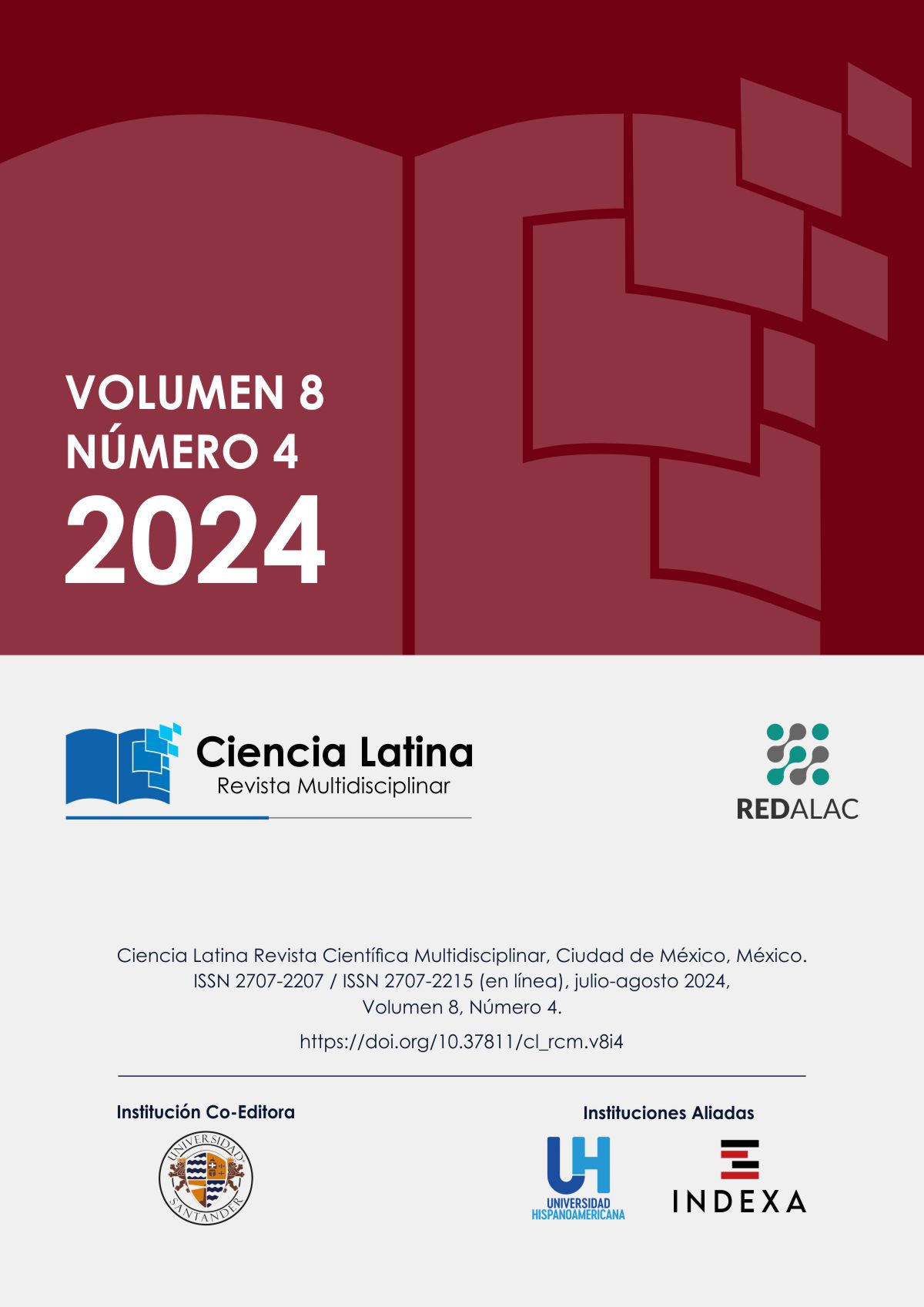










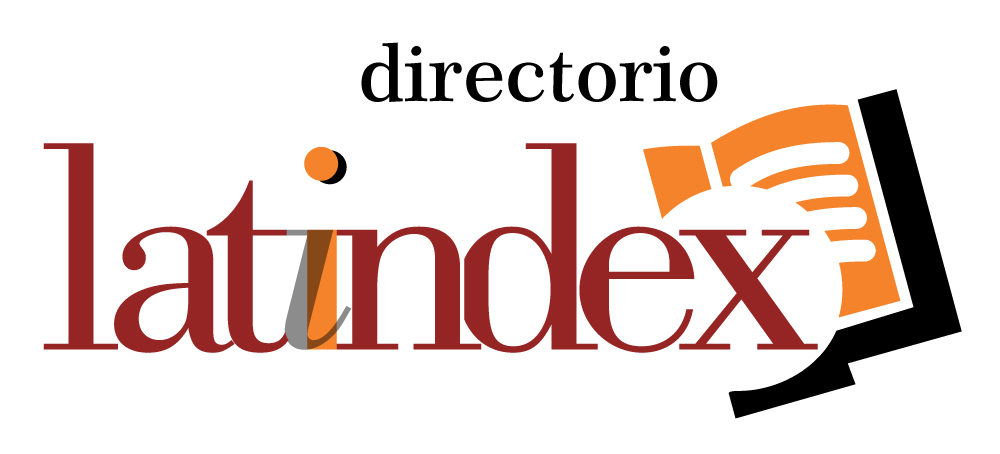
.png)








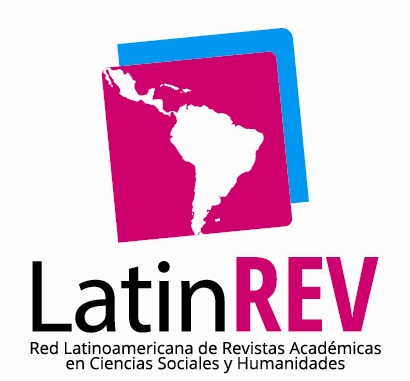

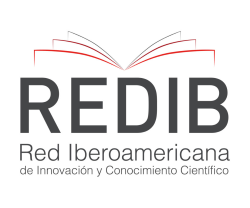


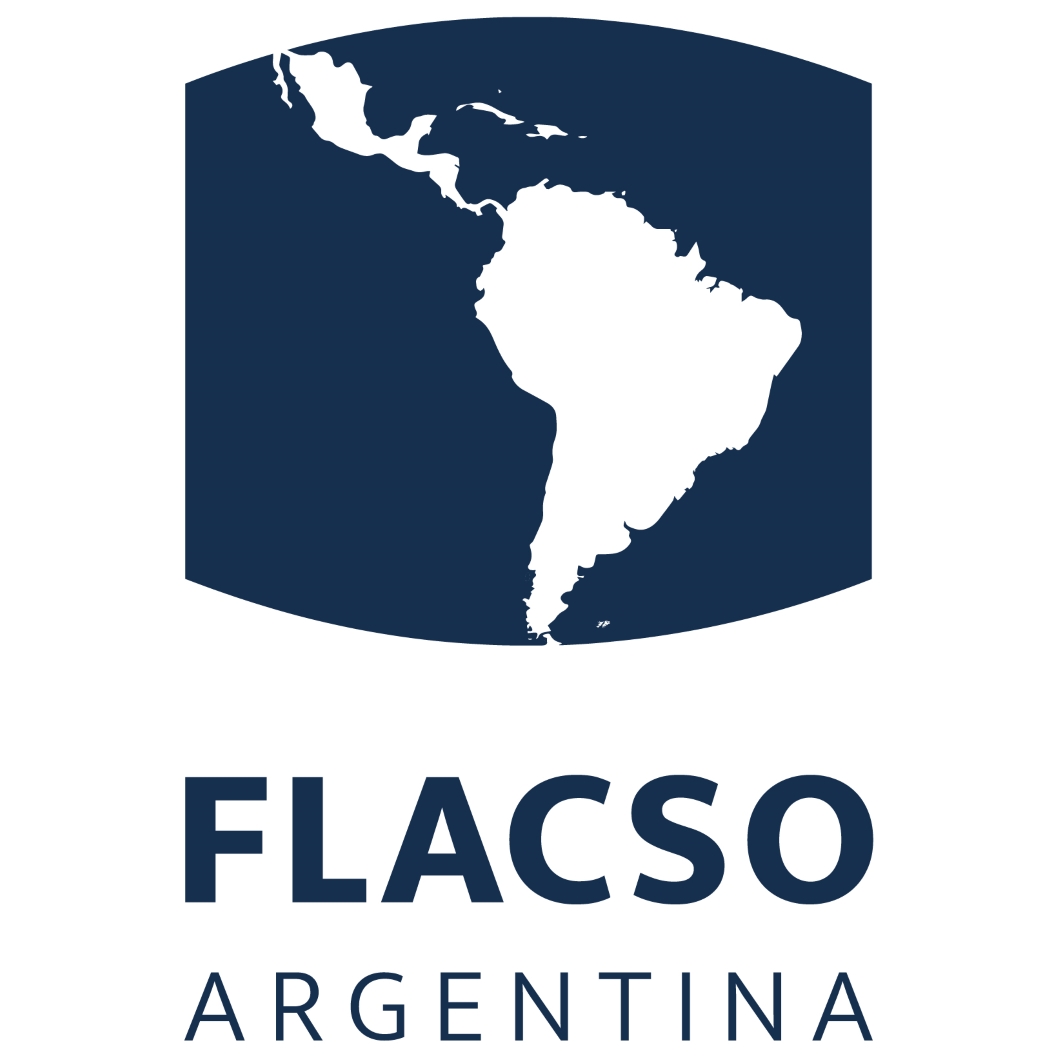






.png)
1.png)


